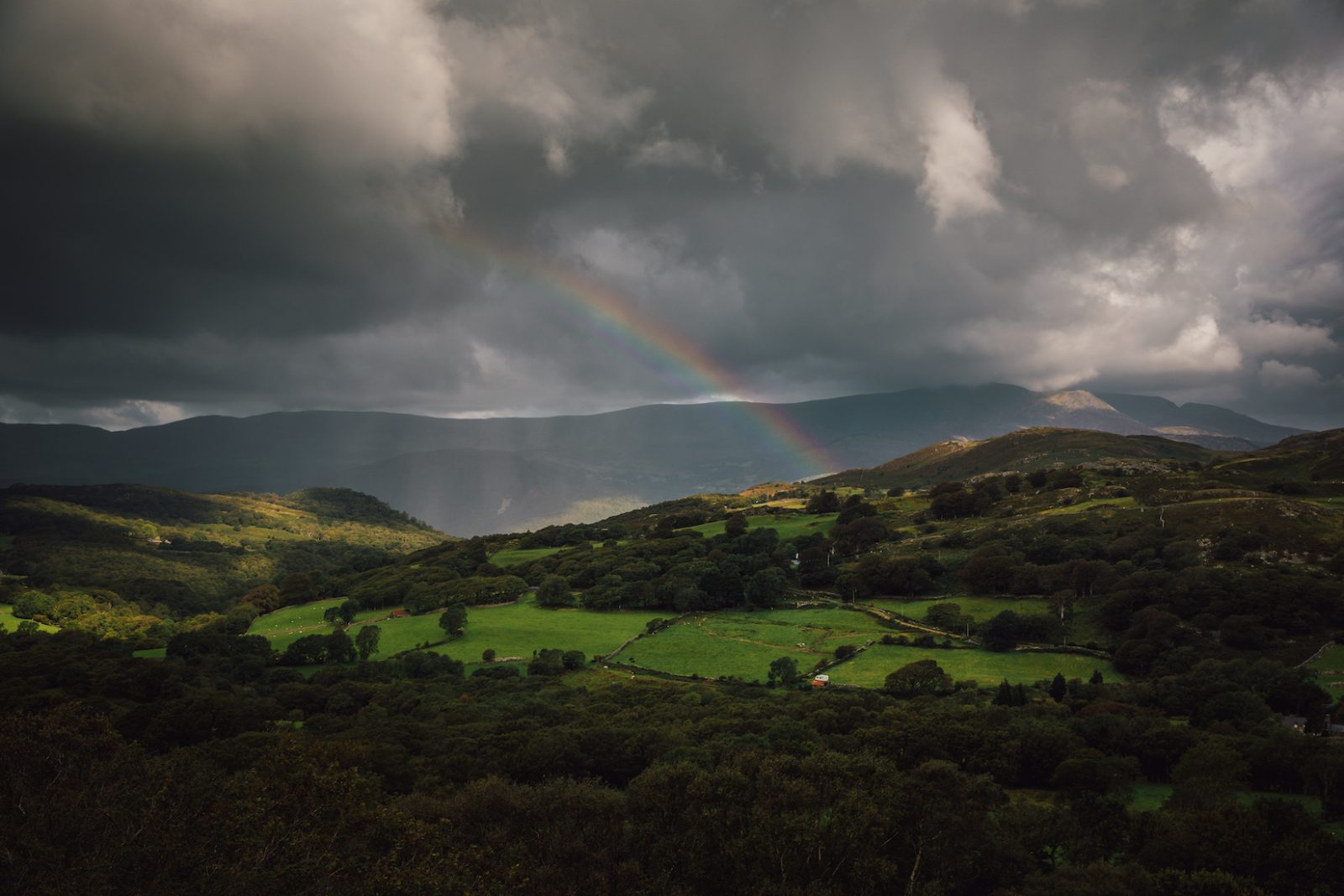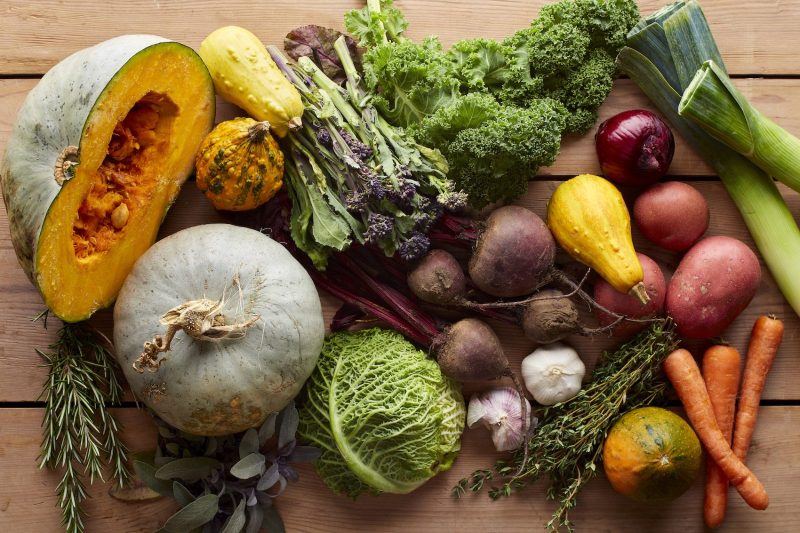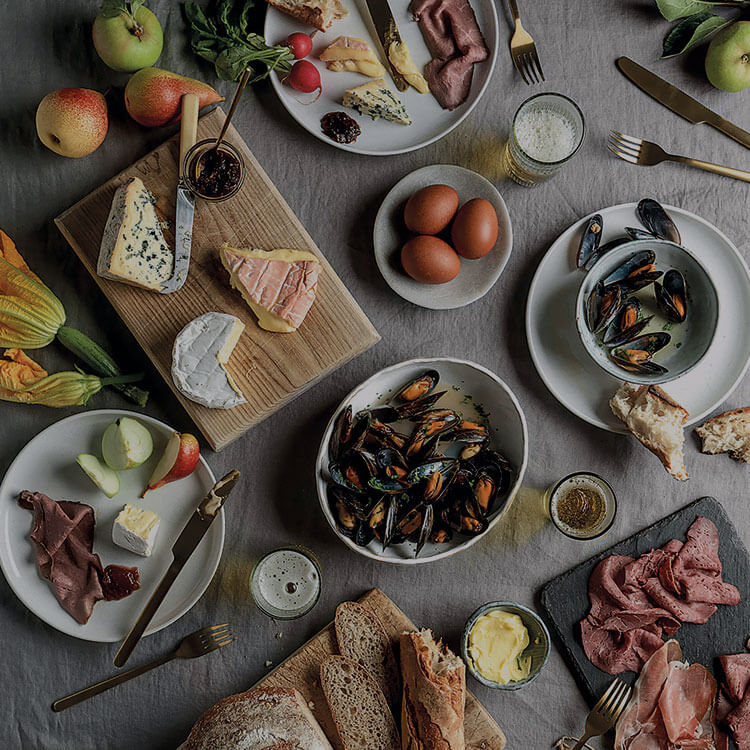1. Vegetable peelings
Unless you need to remove them because they are damaged or inedible, there is no need to peel a fruit or vegetable. The skin of a vegetable is rich in fibre and micronutrients. If you must peel your veg, then consider how you might use the peelings. They are delicious fried to make ‘chips’ or kept in the freezer to make soup or stock.
2. Bread crusts
Bread can be used in different recipes as it dries out. Old bread can be used for toast, torn into soups and stews, fried to make croutons, blended into sauces to thicken them, or fried to make flavourful breadcrumbs.
3. Root greens and leafy tops
Root vegetables such as carrots, beetroots, turnips and radishes have a huge plume of delicious leaves that can be used in cooking to save waste and therefore money. A bunch of beetroot, turnip or radish leaves, can be used to replace spinach in any dish. Stronger flavoured leaves like carrot tops, can be used in smaller quantities or in combination with other greens or herbs.
4. Lemon rinds
Citrus husks are a flavoursome ingredient that can be used to make marmalade, flavour sugar or cake. Try halving the lemon juice in dishes and add lemon zest to boost the flavour. Try cooking with organic citrus rinds because of the fungicides used on non-organic citrus.
5. Soft herb stalks (e.g. parsley, basil, coriander)
More than 50% of a bunch of herbs is stalk. Save time and money by using the stalks. Finely chop a bunch of herbs from stem to leaf. Stems should be finely chopped and can be used to garnish dishes just like the leaves or used as a herb when cooking dishes.
6. Cauliflower leaves
The stem and leaf from a cauliflower can be cooked, along with the cauliflower itself, or used as an ingredient in their own right. Cut thick stems thinly across the grain and leave the smaller leaves whole. Boil, roast or fry them like greens or how about roasting with olive oil and salt, then dressing with lemon juice? However, if you can, batch cook and fill the oven with food to save energy when using it.
7. Pumpkin and squash skin and seeds
Apart from the most hardy squash, the skin and seeds are edible. Roast or boil squash until the skin is tender enough to eat or blend into soup. To prepare the seeds, season with sea salt, dress with oil then roast at 180˚C (fan) until crispy. But only do this if you are using the oven anyway to save wasting energy.
8. Chicken
Whether it has been roasted, grilled or fried, chicken is good to eat up to two days when cooled promptly and refrigerated. Shred chicken to make a stir fry or tacos. It also makes a delicious pie, curry or stew.
9. Spent coffee grounds
Used coffee grounds are full of flavour and antioxidants. Blend them into shakes for an energy boost, add them to coffee cake or brownies or make a rub-marinade for your meat. They can also be used as fertiliser in your garden.
10. Aquafaba
The water from cooking pulses such as chickpeas and other peas and beans can be used to replace egg whites in recipes such as mayonnaise, mousse, meringues and cakes. Store aquafaba in the fridge for up to five days or in small portions in the freezer for around six months.

Download the Sustainability Toolkit

Five steps to reduce your packaging
